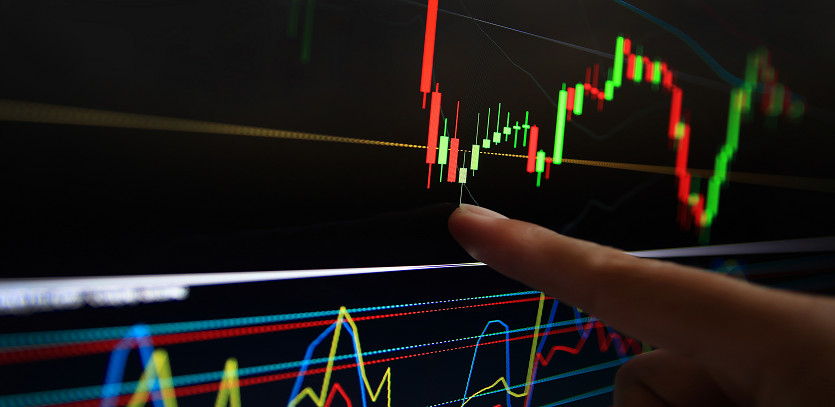Understanding Reversal Trading
Reversal trading is a unique and strategic approach in trading that involves pinpointing stages at which an asset's price is most likely to shift course. Identifying these pivot points requires careful scrutiny of chart patterns, employing different indicators, and effectively leveraging technical analysis tools.
In essence, a trader implementing this strategy would buy an asset when its prices have dipped and sell when the prices have ascended. This intricate process demands the identification of support and resistance levels, key trendlines, and other analytic touchpoints crucial for technical analysis.
Key Indicators for Successful Reversal Trading
A multitude of indicators can streamline the process of reversal trading. Here are some of the most efficient ones:
- Moving averages: These are essential in realizing trends and potential reversals.
- Bollinger bands: Useful in pinpointing conditions that are oversold or overbought, suggesting potential turns.
- Relative Strength Index (RSI): Besides identifying oversold and overbought conditions, RSI can point out momentum shifts.
- Stochastic oscillator: Similar to RSI, not only does it recognize oversold and overbought conditions, but it also zeroes in on momentum reversals.
Preferred Assets for Reversal Trading
Although reversal trading can apply to an extensive range of assets such as stocks, currencies, commodities, and cryptocurrencies, certain assets lend themselves more naturally to the strategy.
Assets characterized by high volatility are prime candidates for reversal trading, given their propensity for major price fluctuations, optimally setting the stage for potential price reversals. The leading assets for reversal trading encompass:
- Stocks: Stocks frequently experience significant price volatilities, making them suitable for this strategy.
- Currencies: Like stocks, currencies too are prone to major price swings and thus adept for reversal trading.
- Commodities: Their potential for significant price fluctuations makes commodities a strong contender for reversal trading.
- Cryptocurrencies: As a relatively new asset class, cryptocurrencies nonetheless exhibit substantial price volatilities, making them apt for such a strategy.
Considerations Prior to Reversal Trading
Rounding out your reversal trading strategy requires heeding certain crucial aspects, including:
- The timeframe: The duration of your trade will affect the reversal patterns you're looking to pinpoint.
- Asset volatility: This will bear directly on the risk associated with your trade.
- The overall trend: The asset's trend will influence the direction of your trade.
- Risk-to-reward ratio: It should tilt in your favor.
Evaluating Reversal Trading
While popular among traders, reversal trading isn't without its share of risks. Thorough research is imperative and an understanding of associated risks crucial before venturing into reversal trading.
Speculation on the efficacy of reversal trading is divisive among experts. Some attest to its profitability, while others point to its inherent risks. Ultimately, the ability to make successful trades hinges ont the trader's skill-set and current market conditions.
Conclusion
Reversal trading, which involves discerning the stages at which an asset's price is inclined to change direction, can yield profitable results when deployed correctly. However, traders are advised to thoroughly understand the involved risks before delving into this trading strategy.





